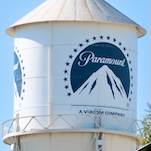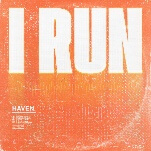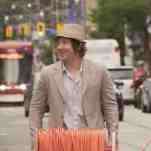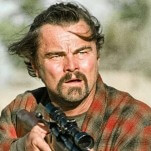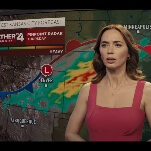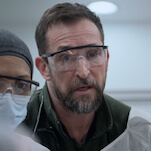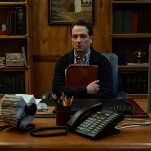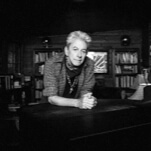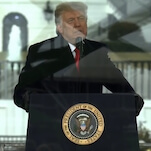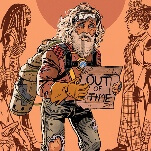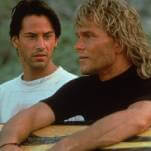How To With John Wilson season 3 review: A funny, probing, brilliant sendoff
The HBO docuseries bows out with a unique meditation on what it means to live in public right now
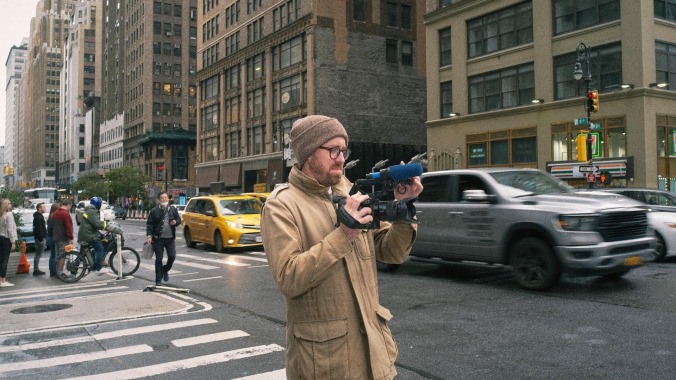
Every episode of How To With John Wilson, which kicks off its third and final season July 28 on HBO, opens with a key, if unassuming, greeting: “Hey, New York.” Wilson, who narrates every episode of his nonfiction series culled from hours and hours of footage shot (mostly) in the Big Apple, makes no attempt to hide the fact that he’s long hoped to have a conversation with his fellow city dwellers. His Emmy-nominated docuseries, in fact, couldn’t exist without them. Not just as interlocutors but as fodder for the many thrilling scenes Wilson captures and uses to spin episodes as absurd-sounding as “How To Find A Public Restroom” and “How To Clean Your Ears.”
To the uninitiated: Despite its title, How To With John Wilson is only nominally a helpful guide to everyday living. Sure, every episode is seemingly designed to unearth some findings on how to navigate relatively mundane things (see above). But Wilson’s eye and mind have a wandering sensibility. And so, visually stitched up from all of that footage taken (mostly) by himself on his personal camera (and sometimes iPhone), this series plays like an essayistic meditation on what it means to live in public in the 21st century. And no one lives more publicly—more in public—than New Yorkers.
But don’t mistake Wilson for a David Attenborough of the human experience. While there is an anthropological curiosity in the way he captures, say, various New Yorkers in varying degrees of embarrassment in regards to their public hygiene hijinks (say, flossing, clipping toenails, picking their nose, on the street or on the subway), Wilson’s neurotic banter has long framed his interest less in showing you the ordinary than in finding the extraordinary—even when such extraordinary people, spaces, competitions, etc. are grounded in the most ordinary of pursuits.
And so, while How To With John Wilson is an admirable catalog of all things New York (and its final episode all but feels like a love letter to that city, albeit one misplaced by the United States Postal Service and delivered haphazardly and maybe all too late), the series has always come off like a larger meditation on what it means to really observe the world around us. The visual wordplay Wilson so enjoys deploying throughout (shots of cement being poured into the sidewalk flash before you as Wilson talks about the city’s sewer system; a shot of various gloves left out to dry as Wilson talks about things “getting out of hand”) forces viewers of his show to find comfort in those defamiliarized images. Wilson makes New York City normalcy feel decidedly worthy of consideration, of attention.







